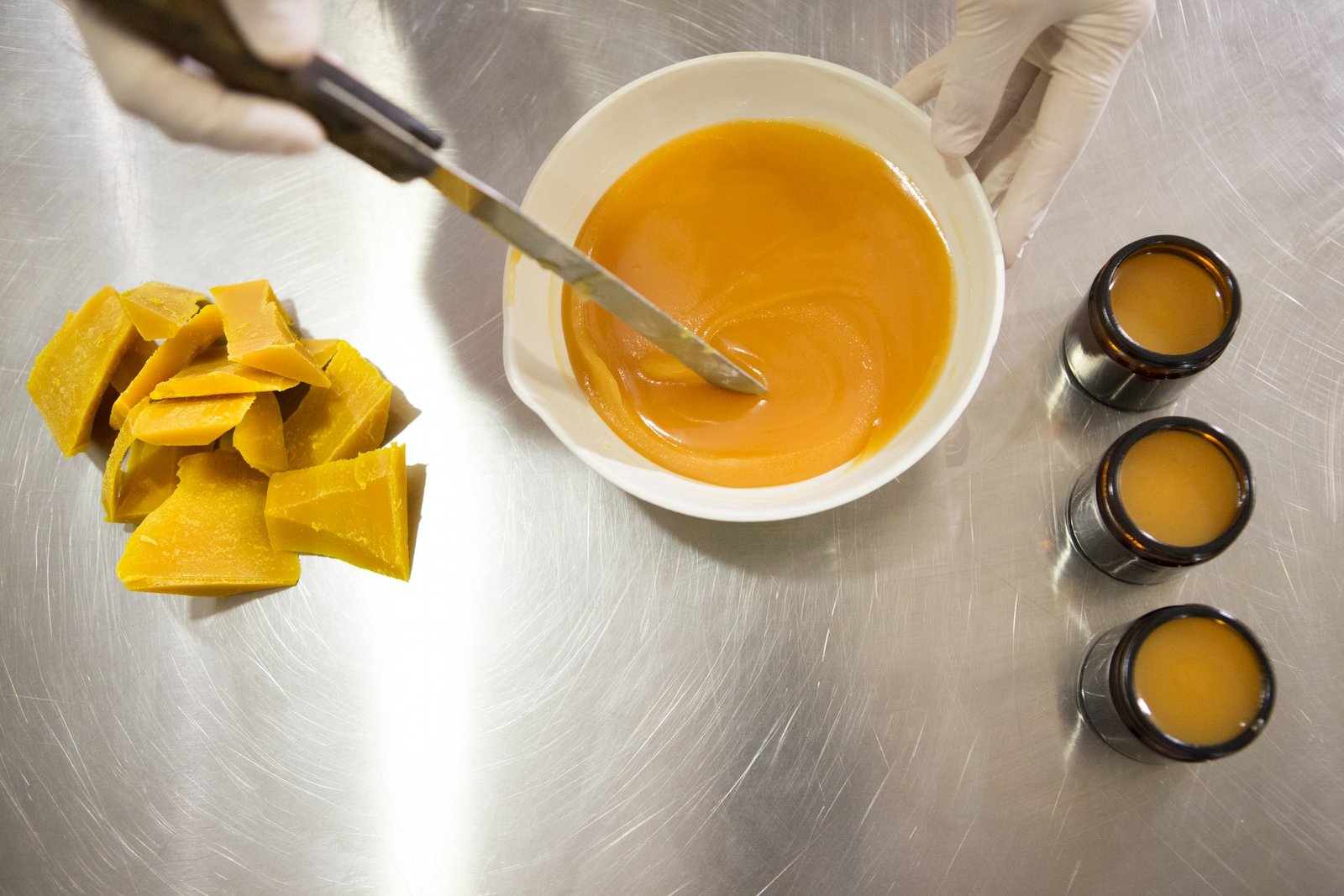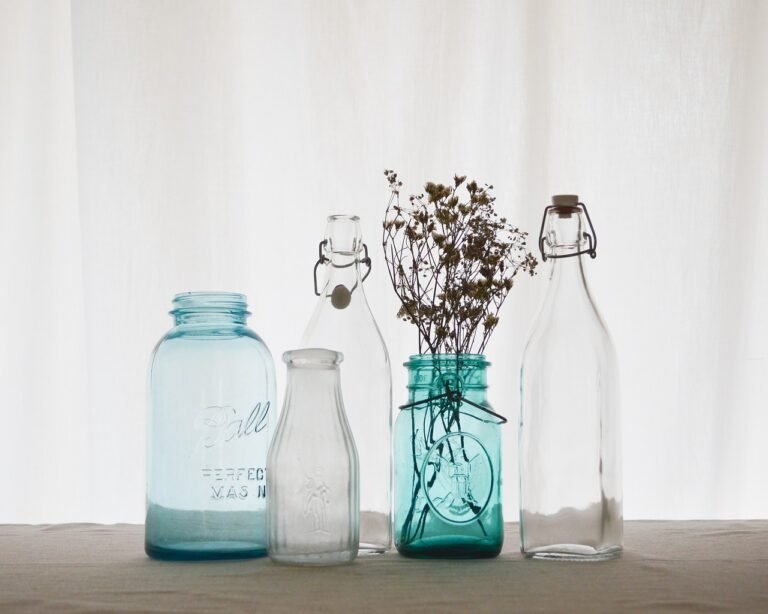How does pottery beeswax work? Useful Ideas
Beeswax is an organic component that has been found in archaeological ceramics in different regions and different periods of time. It is produced similar to honey and that is with the help of bees from the nectar of the flowers. The color of the beeswax is white but it darkens with time.
Pottery is a very interesting process but also it is a very challenging art. You need to be very patient in order to learn all the techniques in this amazing craft. There are many ways you can burnish your pots but can you use beeswax? And how pottery beeswax works?
Beeswax is used to resist and protect the application of glazes, slips, or underglazes. Also, it will burnish your pieces and give them a nice shiny look.
Can You Put Wax On Clay?
More and more experts and fans are starting to use wax in pottery. Wax is applied to the bottom of the pottery to block the glaze from connecting to the shelf of the kiln during the firing process. You can do this by using a brush or a sponge. Take your time and don’t hurry.
Also, you can use it to stop the clay from cracking and allow the clay to dry slowly and profoundly. There are others who use it even for decorative purposes.
Additionally, have in mind that wax products can be used for both wet and fired clay. So feel free and go ahead and have some fun with wax resist. In most simple words said wax resist is a must-have for your studio.
What Is The Wax Used For In Ceramics?
Usually, wax is applied to the bottom, to stop pieces of ceramic fusing with the kiln shelf during the firing. On greenware, wax is applied with a small brush to the ceramic piece to prevent the greenware from cracking and allowing it to dry slowly before the start of the firing.
Also, wax is applied to bisque ceramics to design beautiful contrast. You can create different kinds of patterns on pottery that will have a neat and unique look.
For example, if you want your pottery to have two or more coats you will face the problem of overlapping. This is where the use of wax will come in handy and can prevent the problem from happening. Also if you need a fast and easy way to decorate your pottery using wax is a great way to do it.
Here are some tips that will help you apply wax over the glaze:
- Use a separate wax resist brush and clean them with hot water after using them
- Always be sure that your wax resist is dry
- Find the right balance to mix wax with water – keep adding water until it is smooth and not too thick
- Applying one layer of wax is enough
For whatever purpose, wax use is very common among potters and it is very easy and practical to use. You can protect your pottery and also create stunning looks for your pottery by using wax resistance. Before applying always be sure that the pot is clean and there is no dust on it.
Can You Use Candle Wax On Pottery?
We often ask the question of which wax is best to use and can we use hot wax. The answer is that you could use any old candles wax. Simply heat the candle in a frying pan and wait until it melts. Some potters add cooking oil or even kerosene in order to help the wax flow off the brush. This will also make the wax soft so it does not crack off as it dries on the ceramic pieces.

When you are brushing with hot wax you must be deft and swift. Always make sure that your brushes are dry and clean before putting them in the hot wax. Candle wax can be of great use but also has a few problems with it:
- The smoke from it is a carcinogen
- There is a risk of a fire or a fume hazard
- It is not as safe as using cold wax
- When working with hot wax you need to work in a ventilated area or close to an extraction fan
- How wax can cast off glazed surfaces
If you want to use candle wax you must be very careful and thorough. Here are some tips that will help you remove candle wax before it dries and hardens and therefore becomes impossible to remove it from any surface.
- Keep your pieces of pottery in the freezer for at least two hours before using them
- When removing the pottery from the freezer, gently chip away the candle wax with a sharp blade, or a butter knife but be careful not to scratch the pottery
- In a plastic bag put ice cubes and hold the bag on the spilled wax on the bigger pieces of pottery that will not fit in the freezer
- Slowly scratch the wax with a butter knife when it gets colder
- If it is necessary use a solvent. Be careful not to damage the pottery
Can You Use Paraffin Wax For Pottery?
There are some workshops that are using paraffin wax for pottery. The way that they are using it is by melting the wax in an electric griddle or an electric skillet. It really is a great technique because it is very, very fast and super-efficient. Also, the bottoms of the pottery come out really smooth and with perfectly even edges.
However, besides these advantages of using paraffin wax, there are also downsides to using it. Mainly this is the reason that the fumes from the paraffin wax are toxic and also carcinogenic. The other downside is that is highly flammable, so there is a risk of fire. Be sure that you always take precautions when using paraffin wax. Keep your studio vented with the help of a strong exhaust system.
Have a mask on because you shouldn’t breathe the toxic air from the wax itself. You can thin the wax with mineral oil so that the fumes are less toxic.







